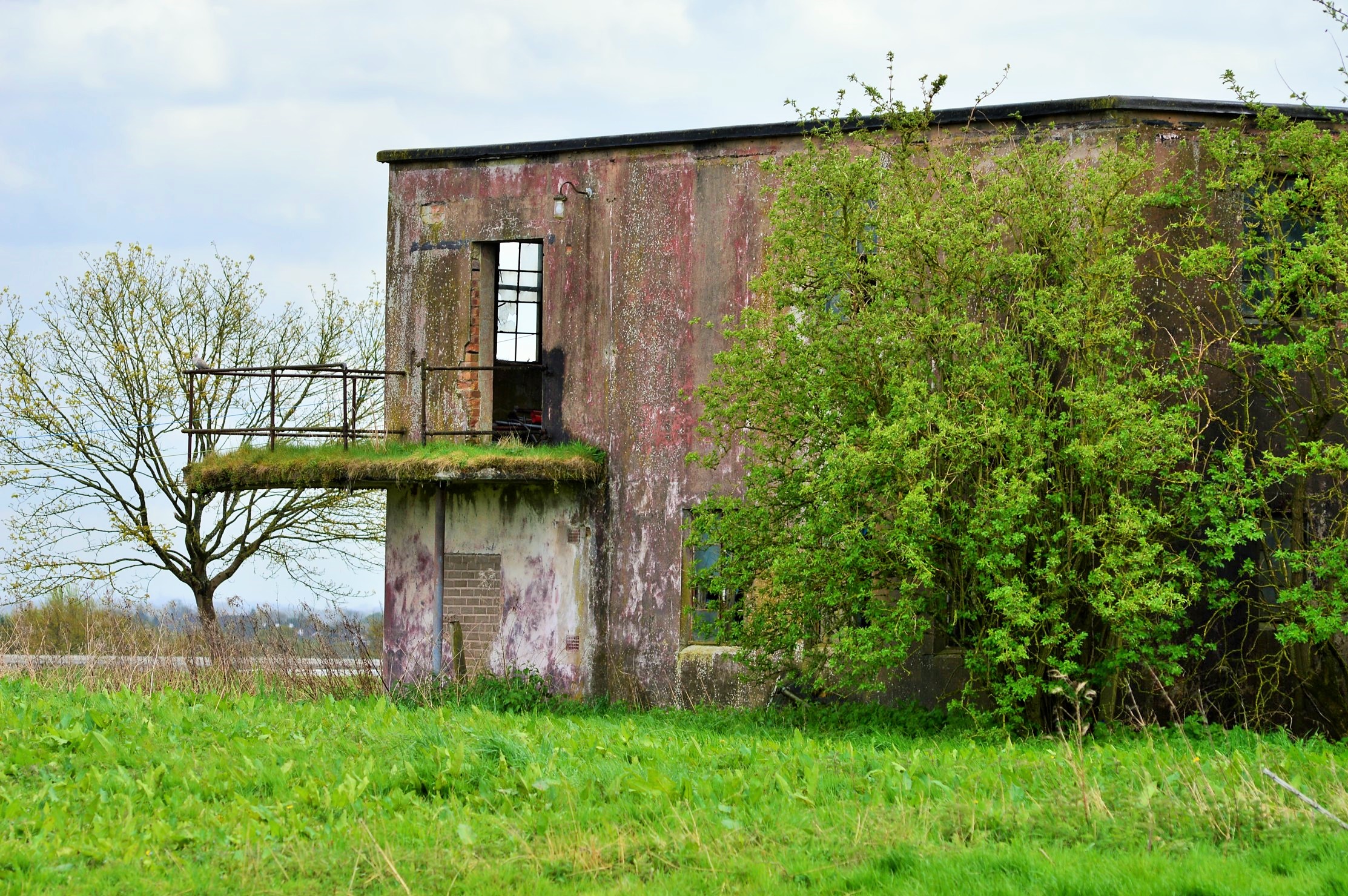P-47 Thunderbolt 41-6538
‹ Return to USAAF Crash Sites 1942 – 1945

P-47 Thunderbolt 41-6538
Then and now composite in the lead photo by me. Old photos used courtesy of Imperial War Museum
4 July 1944 P-47 Thunderbolt 41-6538 of 495 Fighter Training Group crashed into the Shropshire Union Canal, between bridges 21 and 22.
Lieutenant Richard C Dunlap was unhurt in the crash though people who have heard a little of it still refer to this stretch of towpath being haunted by the ghost of the pilot.
Below; looking along the towpath towards the crash site

Lt Dunlap was on a non-operational flight from the American air base at RAF Atcham near Shrewsbury when the engine failed at 3,000 feet. He attempted an emergency landing at RAF Wheaton Aston, barely 20 miles east of Atcham. Struggling to control the aircraft, Lt Dunlap undershot the runway and apparently careered across a field killing two cows before the aircraft came to a halt in the canal.


41-6538 was an unfortunate aircraft, this being its 5th and final crash;
1. Captain Stanley Anderson (4th Fighter Group) was flying it on April 15th 1943 when it crashed at Langham (later that same day but in a different aircraft, Captain Anderson was shot down and killed near Cassel). 41-6538 was transferred to training school after being repaired.
2. In March 1944 it ran out of fuel causing the pilot to crash land at Wellington in Somerset.
3. A month later it crashed on take-off at Atcham and then after more repairs
4. 41-6538 was crashed into another P47 by another pilot at Atcham.
5. Finally 41-6538 was written off after being hauled out of the canal.
Below; map from bing showing crash site and the traces of RAF Wheaton Aston (now a pig farm) still visible. Crash site grid reference SJ 847 148

Below; The control tower at RAF Wheaton Aston still remains.

10 comments on “P-47 Thunderbolt 41-6538”
Leave a Reply Cancel reply
Image Information
-
Full Size: 1122×748px
Aperture: f/4.5
Focal Length: 18mm
ISO: 100
Shutter: 1/125 sec
Camera: NIKON D3200



Thanks again Ian for researching these crash sites – the usual high standard. She certainly was an unlucky aircraft with 5 crashes to her ‘credit’
Hi Bill, good to hear from you and thanks for taking a look. I wonder what the record was for a crashed aircraft getting back in the air.
Hi, found this very interesting as I travel along this part of the suc regularly. I’m moored directly opposite the site in your photo. But am a bit confused as the second ww2 photo, of the stbd side of the aircraft doesn’t show bridge 21 which is only a short distance away.was it edited out? If not was the site closer to bridge 22, they’re really close together.
Hi Peter, yes they are very close, the photo of the hire boat above was taken from beside the bridge. I have stuck two photos together here; although these are not taken from the same spot, angle or focal length, the bridge must have been right at the left edge of the frame in the second old photo. I doubt the bridge was edited out of the photo (though it could have been) and am pretty confident I have the right spot, is just before the runway Lt Dunlap was trying to land on. But it puzzled me at the time!

Thanks Ian, it’s makes sense,I guess it’s last actual flight was the twenty seven feet across the canal as, if it hit the cows in the field on the tow path side the ground here is seven or eight feet above the water level…. just as a totally separate side point the soft bank to the left of the crash site is home to a breeding king Fisher but that’s classified lol
Am out on a trip right now, a circuit from Great Heywood via Warwick and the Avon. Have only seen one kingfisher in past 18 days.
Good morning Ian,
Have just come across your excellent web site on crash sights, and the first one was of P47 Thunderbolt 41-6538. Your highlighting the last of the 5 forced landings this aircraft had, the first being at Langham 5.4.43 with Capt. Anderson as Pilot.
Could this have been in the Langham I live in? It’s in Norfolk just a mile or so inland from the sea, south of the costal Village of Blakney and still has a 2nd World War airfield.
What we do have is an old ‘Dome’ anti-aircraft gunnery trainer.
Can you advise please,
Kind regards,
John Hope
Hi John, thank you for your comment. I expect it is the same place, the detail I read was that the aircraft crash landed.
Langham was an airfield used by the RAF and not USAAF… but if having to make an emergency landing, it would be a case of any port in a storm!
I find these storys very interesting and pass the memorial plaque on the bridge, Saughall Massey,very often when out walking. seems to me these Thunderbolts were very prone to faults,
Nothing to do with thunderbolts being prone to faults. Nearly all the aicraft that ended up at 495FTG at Atcham were War Weary aicraft that had been through hell and back and really ought to have been struck off charge. 42-7974 which crashed at muckleton was riddled with combat damage and had over 1300 airframe hours, most of that accumulated on combat missions.